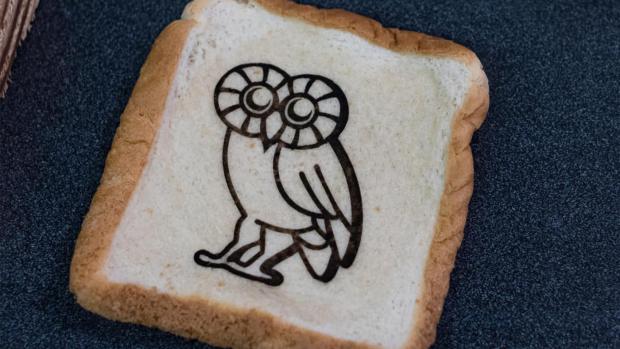
Breaking News
 2 Hours of Retro Sci-Fi Christmas Songs | Atomic-Age Christmas at a Snowy Ski Resort
2 Hours of Retro Sci-Fi Christmas Songs | Atomic-Age Christmas at a Snowy Ski Resort
 Alternative Ways to Buy Farmland
Alternative Ways to Buy Farmland
 LED lights are DEVASTATING our bodies, here's why | Redacted w Clayton Morris
LED lights are DEVASTATING our bodies, here's why | Redacted w Clayton Morris
Top Tech News
 Travel gadget promises to dry and iron your clothes – totally hands-free
Travel gadget promises to dry and iron your clothes – totally hands-free
 Perfect Aircrete, Kitchen Ingredients.
Perfect Aircrete, Kitchen Ingredients.
 Futuristic pixel-raising display lets you feel what's onscreen
Futuristic pixel-raising display lets you feel what's onscreen
 Cutting-Edge Facility Generates Pure Water and Hydrogen Fuel from Seawater for Mere Pennies
Cutting-Edge Facility Generates Pure Water and Hydrogen Fuel from Seawater for Mere Pennies
 This tiny dev board is packed with features for ambitious makers
This tiny dev board is packed with features for ambitious makers
 Scientists Discover Gel to Regrow Tooth Enamel
Scientists Discover Gel to Regrow Tooth Enamel
 Vitamin C and Dandelion Root Killing Cancer Cells -- as Former CDC Director Calls for COVID-19...
Vitamin C and Dandelion Root Killing Cancer Cells -- as Former CDC Director Calls for COVID-19...
 Galactic Brain: US firm plans space-based data centers, power grid to challenge China
Galactic Brain: US firm plans space-based data centers, power grid to challenge China
 A microbial cleanup for glyphosate just earned a patent. Here's why that matters
A microbial cleanup for glyphosate just earned a patent. Here's why that matters
 Japan Breaks Internet Speed Record with 5 Million Times Faster Data Transfer
Japan Breaks Internet Speed Record with 5 Million Times Faster Data Transfer
Edible Graphene Is Here, And Electronics In Your Food Are Coming

It's the world's only man-made 2D material, and physicists believe it could change the way we live. Graphene, a line of carbon that's a mere atom thick, is several times stronger than steel and 100 times more conductive than copper. But this wonder material has yet to find a breakout application. As the New Yorker put it in 2014, "Graphene may be the most remarkable substance ever discovered. But what is it for?"
Now, we might know. Rice University researchers have successfully used a commercial laser to transform the surface carbon in foods–like toast, coconuts shells, potatoes, and Girl Scout cookies–into graphene. Without using any special vacuums or clean rooms, graphene can be patterned into an impossibly thin, edible circuit–including fuel cells to store power, radio hardware to transmit data, glowing elements to light up, and even all sorts of sensors, too. These circuits resemble a dark, inky tattoo, a bit like very burnt toast.

 $100 SILVER CONFIRMED?
$100 SILVER CONFIRMED?

